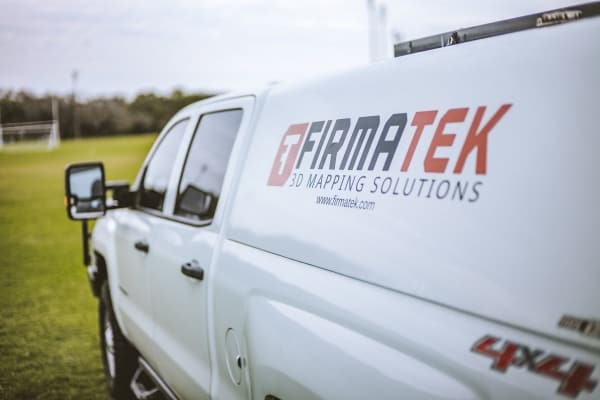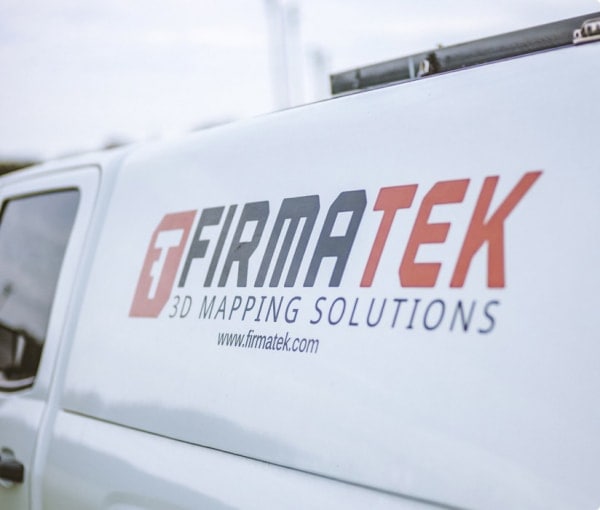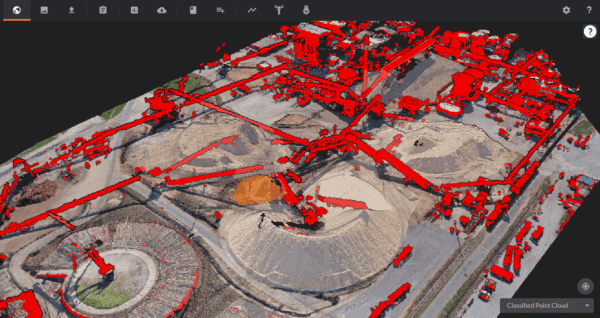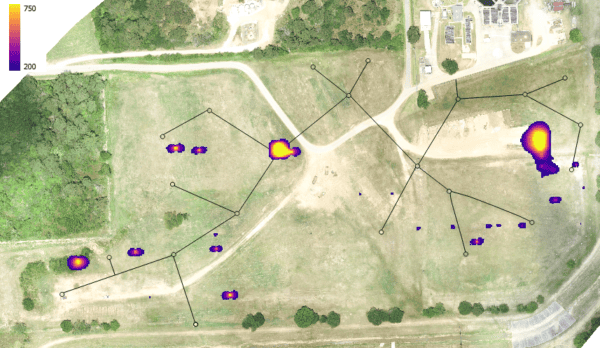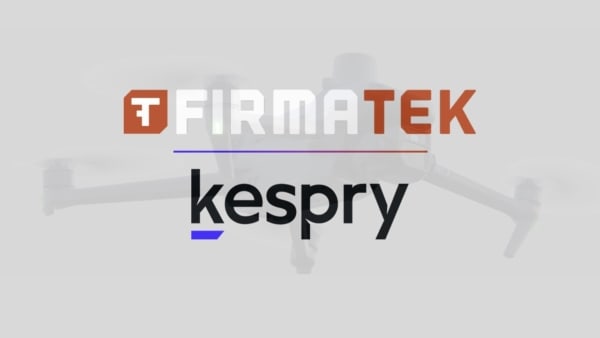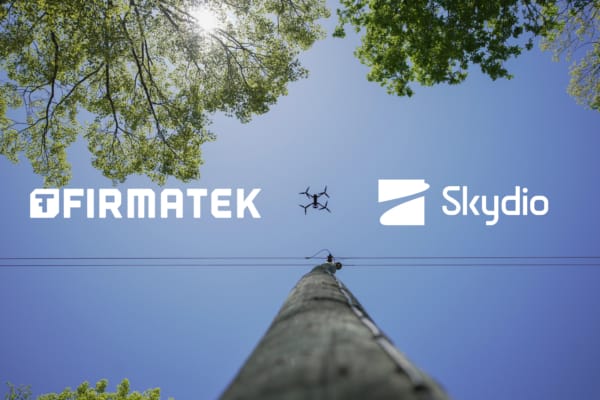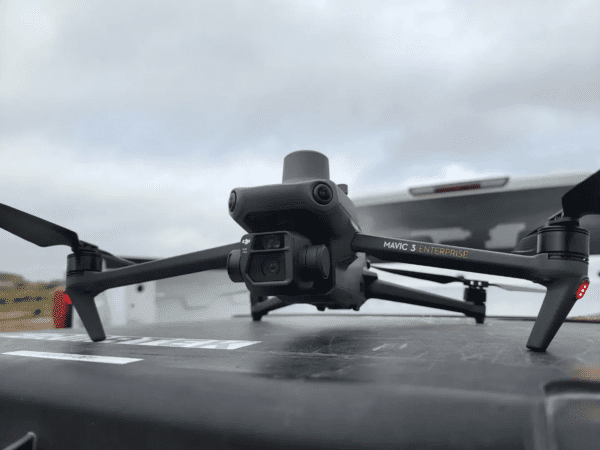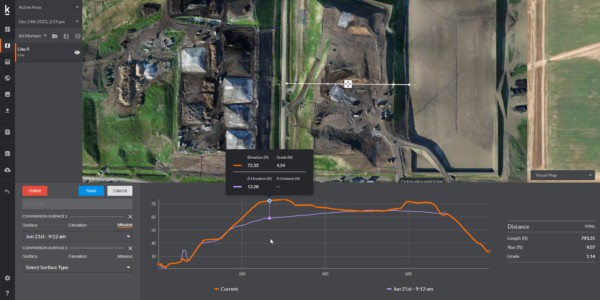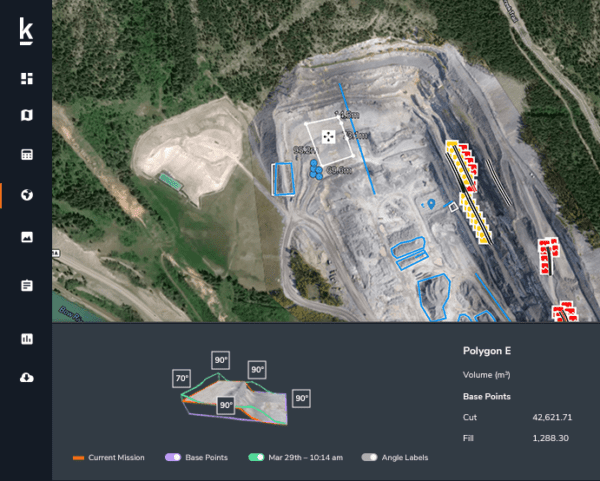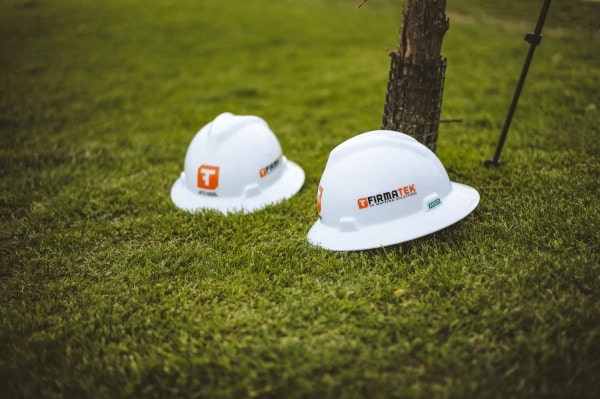Contributed by Firmatek president, Lauren Elmore. This article was recently published in Cement Americas spring edition.
The adoption of drones in the aggregate industry has increased tremendously since 2016, and we expect that trend to continue. As the technology has advanced, more and more companies are starting to fully grasp the benefits drones can bring to a site. In fact, a Consumer Technology Association report predicts record-breaking drone sales of 3.7 million units in 2018, a 20 percent increase from 2017 reports.
One of the biggest advantages drones have is their capacity to navigate around the job site and collect data so employees don’t have to put themselves in dangerous situations. They are also faster and more efficient than employees on foot, and customers in the aggregate industry have estimated that they save around 84 percent of labor costs by using the technology.
Not only are drones cheaper, but they can also improve accuracy. Repeatability is vitally important in the data collection process, and in areas such as stockpile measurement, drones improve the accuracy of data because they increase repeatability by easily capturing all of an area.
Easing Employee Worries About Drones
Despite all their benefits, drones also cause some uneasiness among employees. Aggregate executives often face worries from their labor force when introducing new technologies such as drones, with workers concerned that technology will replace them.
While these emotions are understandable, it’s important to remind employees that their value is in their knowledge and experience. Incorporating new technologies is a method of augmenting that experience- not replacing it- and the data supports this claim.
Census data collected since 1871 in England and Wales illustrates that the incorporation of technology has resulted in a net gain of jobs, not a loss. Compiled by Deloitte, the study indicates that machines excel at repetitive tasks but don’t appear to have gotten any closer to eliminating the need for human labor.
Instead, technology makes existing employees more efficient and gives them the ability to spend their time on more critical task that robots can’t perform, such as strategizing and making important decisions. Incorporating drone usage into your workflow is a great example of how aggregate executives can use technology to improve efficiency while keeping their most valuable asset out of harm’s way. To start, follow these three steps:
1. Partner With a Service Company
A reputable provider will take the service side of drone implementation very seriously. Implementing a new technology and the required systems can be daunting, so having a service provider there to train employees, answer questions, and give demonstrations and walkthroughs can’t be overstated.
In an industry that’s often slow to adopt new technology, having a partner that’s willing to go the extra mile as far as service goes will help ensure drones are being implemented to the greatest effect possible.
2. Have a Plan for Implementation
Drones themselves already have incredible capabilities, but there are many additional pieces of technology (such as sensors) that can be added to make them even more versatile. Start with the basics, and check off the areas where drone implementation will result in quick wins.
Starting in an area such as stockpile measurements will help your on-site employees get comfortable with the technology and its benefits. Once you’ve been successful in that area, you can begin to test technologies and sensors that add a level of complexity.
3. Abide by the 3 R’s When Flying Your Drone
First, know the regulations regarding drone usage. Be sure to follow the Federal Aviation Administration’s Part 107 rules. These include understanding no-fly zones, flying below 400 feet in Class G airspace, flying only during daytime hours and never above populated areas, and maintaining visibility of the drone.
Next, respect other people’s privacy. Always obtain your neighbors’ permission before flying your drone on their property, and be upfront about your intent to collect any data. Keep in mind that it’s always better to over communicate.
Third, practice restraint. Don’t roll the dice when it comes to inclement weather such as heavy rain or high winds- chances are you’ll gather poor imagery in such conditions anyway. Also, maintain all equipment, and don’t forget about the software updates.
Drone technology is still relatively new, but the adoptions of drones is revolutionizing the way we work in countless industries. The aggregate industry rarely leaps at the latest and greatest technologies, preferring to stick with known commodities, but those who take the leap and incorporate drones will discover that they have the potential to create a far safer and more efficient job site.


